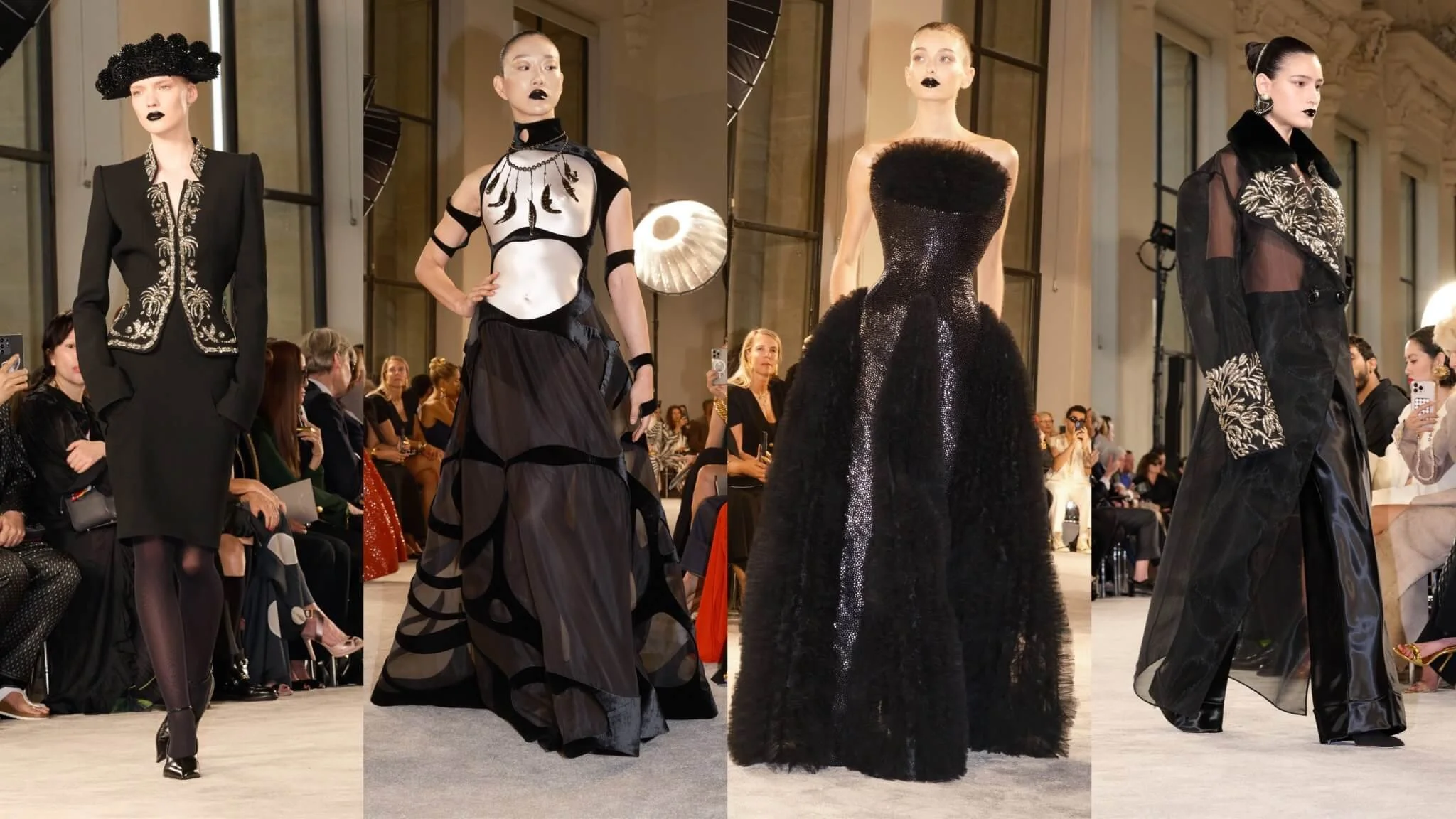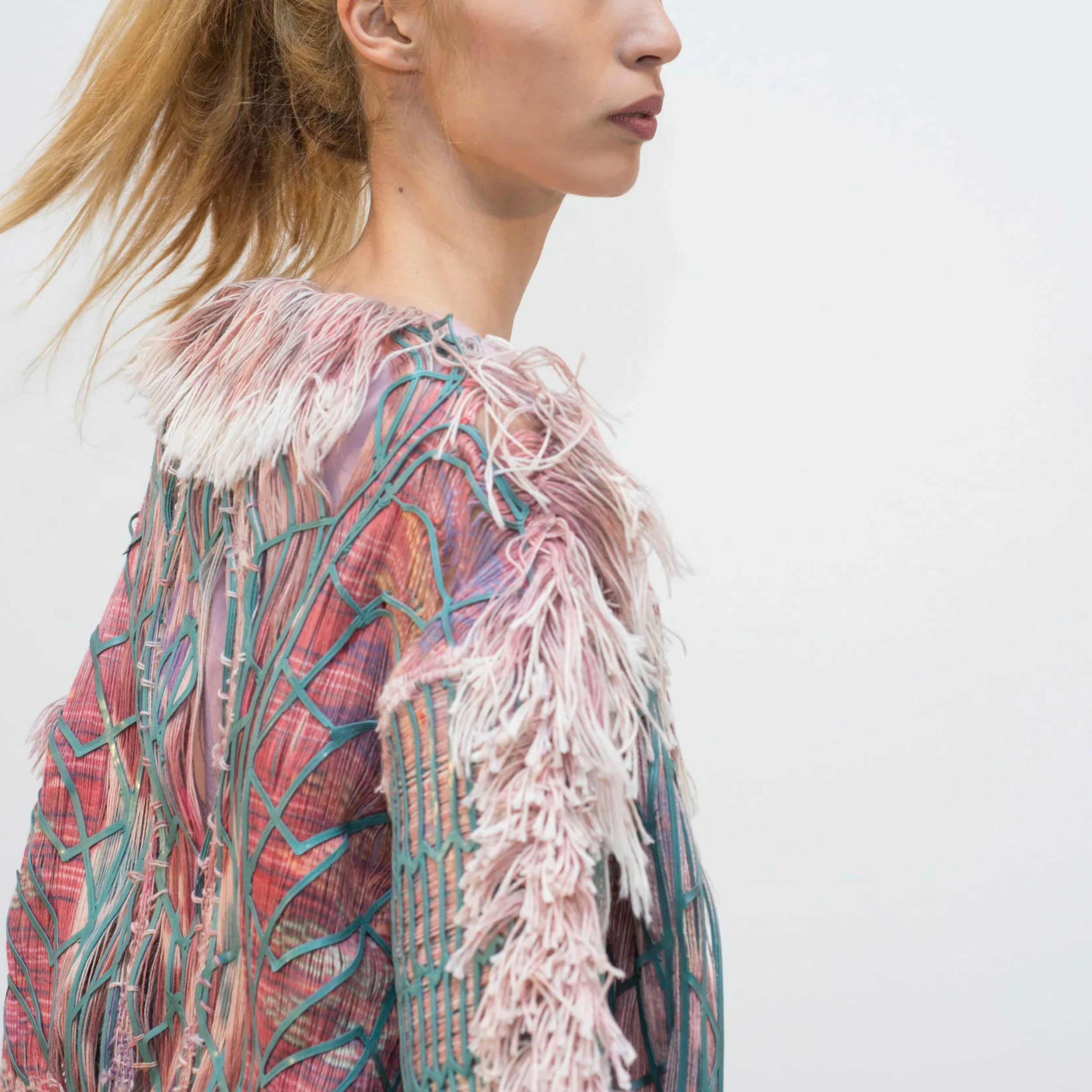The Architecture of Intent - A Critical Lexicon
This collection of studies is the intellectual architecture of Post-Luxury Conceptual Functional Art (P.L.C.F.A.).
The true artistry of the Maison resides not in the finished form, but in the rigorous thinking that precedes it. This is an invitation into the workshop of the mind—a critical resource where we trace the lineage of an idea, from its philosophical spark to its final, tangible expression. These essays serve as the conceptual foundation for P.L.C.F.A., using a critical lens to interrogate cultural phenomena, art history, and consumer paradigms.
Here, we provide the narrative before the form. By sharing this process—analyzing everything from the ephemeral spectacle of luxury to the pure architectural rigor of abstract principles—we hope to validate the necessity of a new category of value and inspire your own journey toward a well-considered life, one founded on true craft, design, and uncompromising narrative.

Stressflation and Product Recalls: Why the 2025 Consumer Crisis Is Fueling the Secondhand Luxury Boom
The contemporary consumer landscape is defined by a profound, dual collapse. First, a pervasive economic anxiety—what this study defines as "Stressflation"—has unmoored itself from macroeconomic data, creating a deep and persistent loss of faith in the ephemeral promise of abstract monetary systems. Second, this crisis of the abstract is mirrored by a tangible crisis of the concrete: a recent spate of high-profile product recalls across food, cosmetics, and pharmaceuticals has shattered public trust in the safety and quality of the mass-produced, disposable goods that define modern life.
This study argues that these are not parallel events but two facets of a single cultural fracture, which has created a profound vacuum. This vacuum is now being filled by a powerful, consumer-driven counter-movement. As trust in ephemeral systems erodes, a new "Creed of Permanence" is emerging, and consumers are actively seeking refuge in tangible, durable, and authenticated assets. This analysis proves how this shift is the definitive force fueling the unprecedented boom in the secondhand luxury market, signaling a fundamental recalibration of value itself.

The Paris Fashion Week Paradox: Why the 18-Collection Calendar Kills Creativity and Signals the Death of Traditional Luxury
The contemporary luxury fashion calendar, driven by the financial mandates of corporate oligopolies, has systematically dismantled the core value proposition of traditional luxury. Houses are now compelled to produce up to eighteen collections annually, a pace that directly eliminates the time required for artisanal precision and visionary design. This relentless acceleration transforms the designer into a high speed content generator and shifts the $25,000 couture piece from an enduring investment into stylistically obsolete marketing collateral within six months. This systemic failure finds its necessary antidote in Post-Luxury Conceptual Functional Art (P.L.C.F.A.), a new paradigm that rejects transient status appeal, placing value instead in enduring intellectual depth, narrative, and ethical alignment. The future of authentic high fashion resides in this seasonless, philosophical approach, restoring the garment as a significant object of cultural value.
To understand the full scope of this self destructive cycle and the necessary emergence of Post Luxury Conceptual Functional Art, continue reading the full study.

The Fluidity of Form: How Iris van Herpen is Rewriting the DNA of Haute Couture
In a world where fashion often feels constrained by its own heritage, Iris van Herpen is a visionary who dares to rewrite its very code. She doesn't simply design garments; she sculpts a new reality where the boundaries between biology, architecture, and technology dissolve into a sublime whole. Her groundbreaking creations, from 3D-printed liquid forms to gowns grown from mycelium, are not just clothing but living manifestos that challenge our perception of what a garment can be. This essay explores how van Herpen’s relentless pursuit of metamorphosis has launched haute couture into a new, boundless dimension where form is always in a state of flow.

The Future of Luxury: Ganit Goldstein, The Generative Architect of Computational Textiles
Ganit Goldstein represents a paradigm shift in the domains of fashion and computational design. She operates not as a traditional designer, but as a technology developer who utilizes fabric as a platform for pioneering research and innovation. Her work is a profound philosophical synthesis of traditional craft techniques and cutting-edge digital fabrication tools. This "hybrid" or "backward and forward" workflow directly challenges the unsustainable practices of fast fashion by advocating for a system of on-demand, customized, and high-value garments. The work has evolved from creating aesthetically driven, craft-inspired pieces to developing programmable, interactive fabrics that respond to human gestures and environmental stimuli. Discover the full story of this generative architect's vision for a future of intelligent, interconnected garments.
